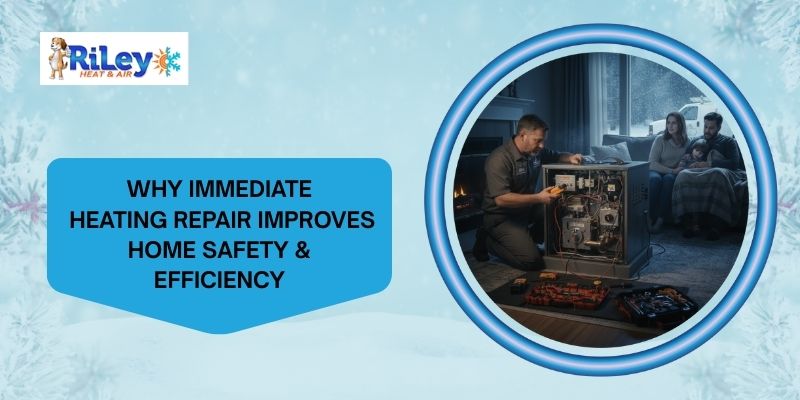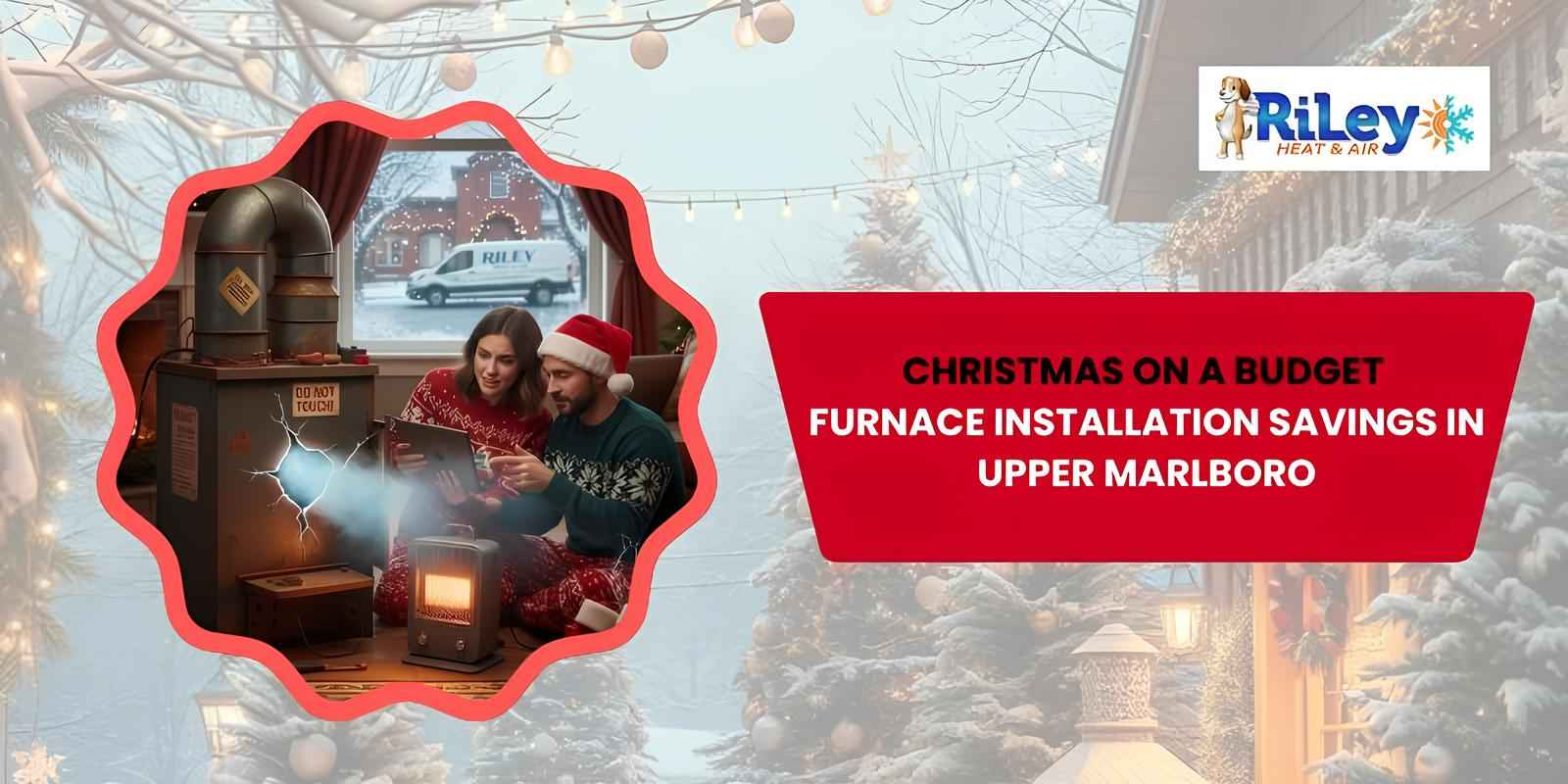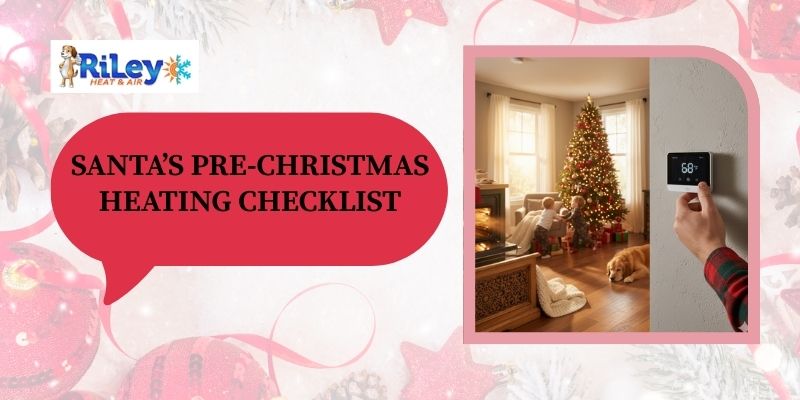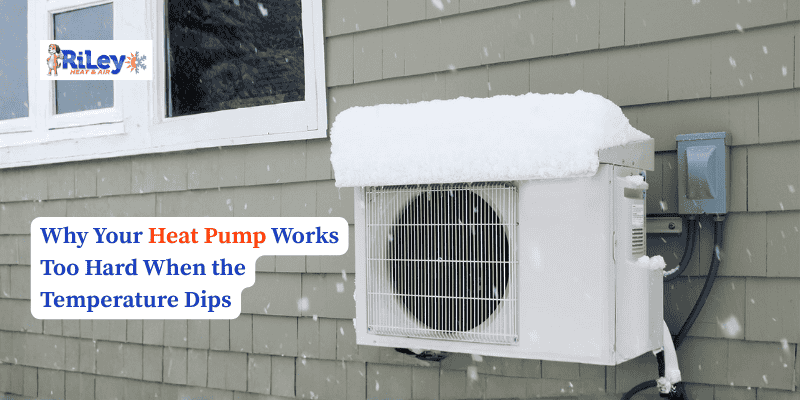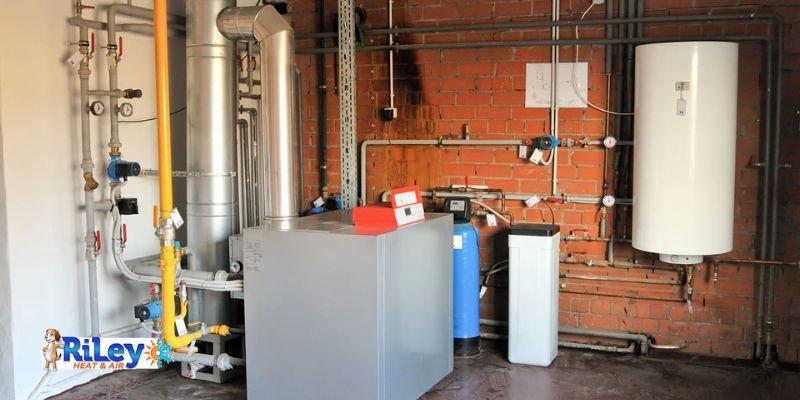
Boosting Performance and Cutting Costs: Expert Strategies for Heating Furnace Efficiency
As winter arrives, the reliability of heating furnaces becomes paramount for residential and commercial spaces. Pursuing optimal furnace performance and cost-effectiveness drives homeowners and businesses to explore expert strategies.
This detailed guide delves into proven methods to enhance heating furnace efficiency, ensuring a warm and comfortable environment without financial strain. From regular maintenance routines to embracing cutting-edge technologies and sustainable practices, our exploration of these strategies aims to empower users with the knowledge needed to navigate the winter months efficiently and economically.
Join us as we unravel the critical steps toward maximizing warmth while minimizing costs. Remember, you can rely on Maryland's best furnace maintenance services to keep your unit running efficiently and smoothly.
Expert Tips for Heating Furnace Efficiency
1. Regular Maintenance
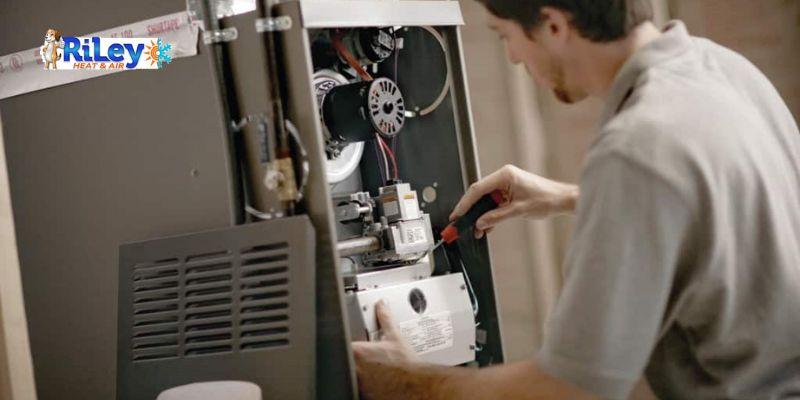
The cornerstone of furnace efficiency is regular maintenance. A well-maintained heating system operates more smoothly, consumes less energy, and has a longer lifespan. Scheduling annual professional inspections and cleaning services can prevent issues before they escalate, ensuring that the furnace operates efficiently.
Regular maintenance involves checking various components, such as the burner, heat exchanger, and blower, for signs of wear and tear. Technicians can also lubricate moving parts, tighten electrical connections, and test the system's performance. A clean and well-maintained furnace operates efficiently and reduces the risk of breakdowns during the coldest months.
2. Upgrading to High-Efficiency Models
If your heating system is outdated, upgrading to a high-efficiency model can be a game-changer. Newer furnaces often boast advanced technologies that significantly reduce energy consumption. Look for models with high Annual Fuel Utilization Efficiency (AFUE) ratings, indicating the percentage of fuel converted to heat.
Modern high-efficiency furnaces utilize variable-speed motors and advanced heat exchangers to maximize heat output while minimizing energy waste. Although the upfront cost may be higher, the long-term savings on energy bills make it a worthwhile investment. Many high-efficiency models also qualify for energy efficiency incentives or rebates, enhancing cost-effectiveness.
3. Programmable Thermostats
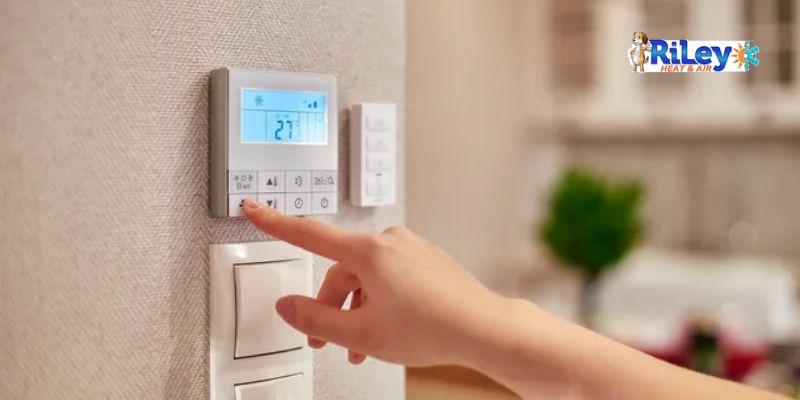
Installing a programmable thermostat allows users to set specific temperatures for different times of the day, reducing the workload on the furnace during periods of lower demand. This enhances comfort and leads to substantial energy savings over time.
Programmable thermostats enable users to create heating schedules that align with their daily routines. For instance, the thermostat can be programmed to lower the temperature when occupants are away or asleep and raise it when they are active. This dynamic control helps maintain optimal comfort while preventing unnecessary energy consumption.
4. Adequate Furnace Insulation
Efficient heating is not just about the furnace but also about retaining the generated warmth. Proper insulation in walls, ceilings, and floors minimizes heat loss, ensuring the furnace does not have to work overtime to maintain desired temperatures. Invest in quality insulation materials to create a more energy-efficient home or business space.
Inadequate insulation allows heat to escape, forcing the furnace to compensate for the lost warmth by working harder and consuming more fuel. Conducting an energy audit to identify areas with insufficient insulation can be a valuable step in optimizing heating efficiency. Adding insulation to attics, walls, and floors can significantly reduce heat transfer and enhance energy performance.
5. Air Duct Sealing
Leaky air ducts can lead to significant heat loss and reduced furnace efficiency. Sealing ducts and addressing any gaps or leaks ensures that the warm air produced by the furnace reaches its destination without being wasted. Professionals can perform duct inspections and sealing, improving overall system efficiency.
Over time, air ducts may develop leaks or gaps that allow heated air to escape before reaching the intended spaces. Sealing these ducts prevents energy loss and ensures that the furnace operates efficiently. Additionally, duct cleaning can remove accumulated debris, enhancing airflow and system performance.
6. Zone Heating
Implementing a zone heating system allows users to heat specific areas of a building as needed rather than heating the entire space uniformly. This targeted approach can result in substantial energy savings, especially in more significant buildings where certain areas may not require constant heating.
Zone heating involves dividing a building into different zones and installing individual thermostats for each zone. This enables occupants to customize the temperature in specific areas based on occupancy and comfort requirements. Only heating occupied zones minimizes energy consumption, leading to cost savings and increased overall efficiency.
7. Energy-efficient Furnace Filters
Regularly replacing furnace filters is a simple yet effective strategy. Energy-efficient filters improve indoor air quality by trapping dust and allergens and allow the furnace to operate more efficiently by maintaining proper airflow. Clogged filters force the furnace to work harder, consuming more energy.
Furnace filters prevent dust and debris from entering the heating system. Over time, these filters can become clogged, restricting airflow and forcing the furnace to exert more effort to maintain the desired temperature. Homeowners can ensure optimal furnace performance and reduce energy consumption by using energy-efficient filters and adhering to a regular replacement schedule.
8. Renewable Energy Integration
Consider integrating renewable energy sources, such as solar panels or geothermal heating systems, into your heating setup. While the initial investment may be higher, the long-term savings and environmental benefits can be substantial. Renewable energy sources offer a sustainable alternative to traditional fossil fuels, reducing the carbon footprint associated with heating. Solar panels can harness the sun's energy to generate electricity, while geothermal systems utilize the earth's stable temperature to heat buildings. While these technologies may involve upfront costs, the long-term savings on energy bills and the positive environmental impact make them worthwhile considerations for optimizing heating efficiency.
Conclusion
Optimizing the performance of a heating furnace while cutting costs is achievable through regular maintenance, technological upgrades, and strategic energy-saving practices. By implementing these expert strategies, homeowners and businesses can enjoy a warmer and more cost-effective winter season, contributing to comfort and environmental sustainability. Investing in high-efficiency models, programmable thermostats, proper insulation, air duct sealing, zone heating, energy-efficient filters, and renewable energy sources collectively creates a comprehensive approach to maximizing heating furnace efficiency. In doing so, individuals and organizations can stay warm during the winter, promote energy conservation, and reduce their ecological impact.
Tags :


